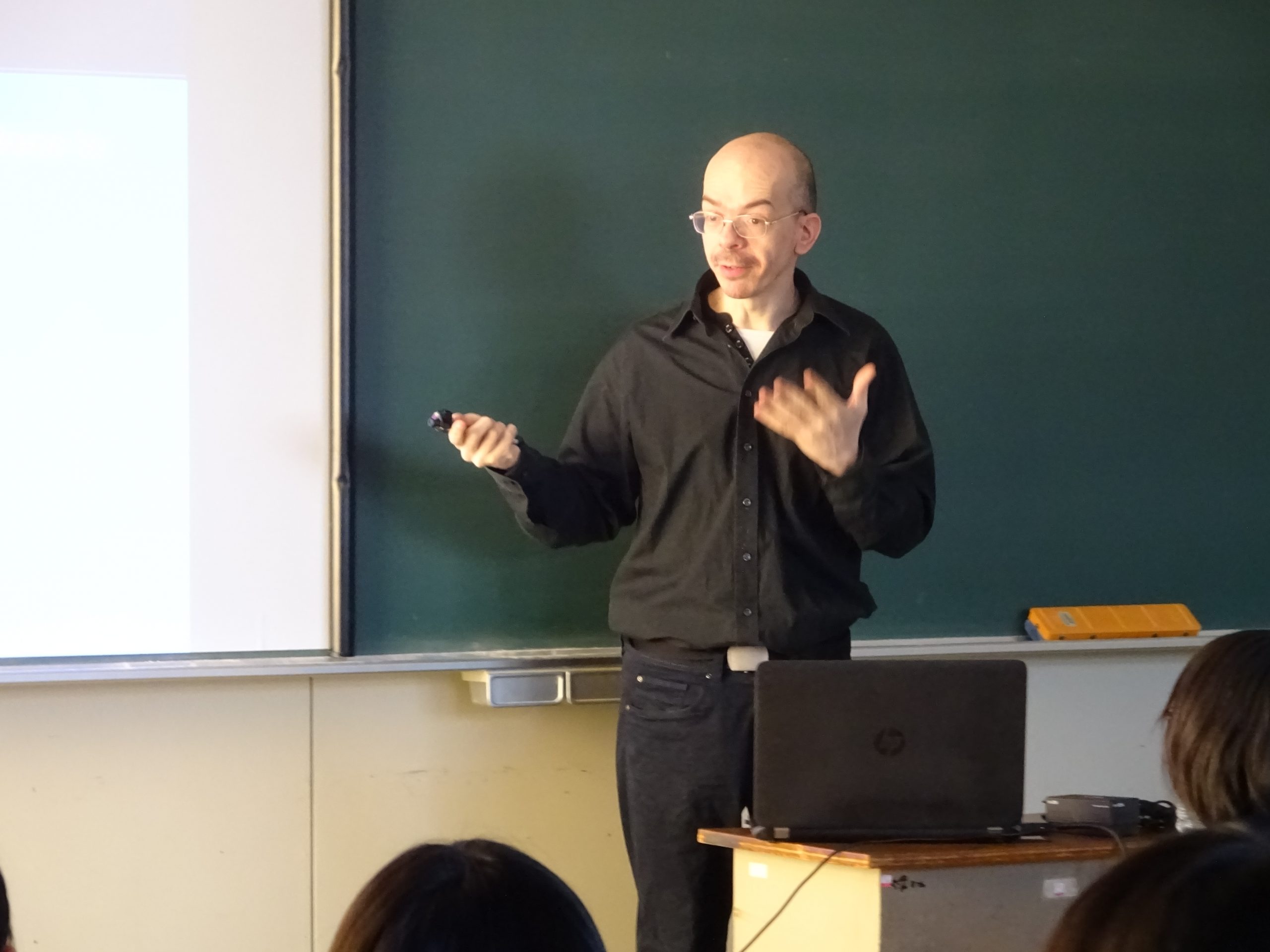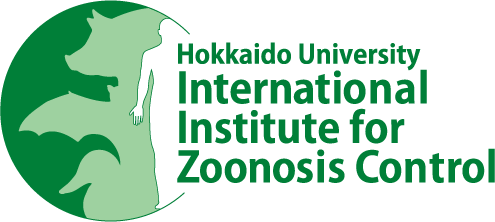February 02,2018
Lecture for Sapporo Higashi High School Students
The lecture was given by Dr. Axel Martinelli at Sapporo Higashi High School on February 2, 2018. It was attended by 28 high school students.
Date: Friday, February 2, 2018
Venue: Sapporo Higashi High School (Kikusui9-3, Shiroishi-ku, Sapporo)
Lecture Topic: “An Introduction to Genomics”
Lecturer: Dr. Axel Martinelli, Global Station for Zoonosis Control, Global Institution for Collaborative Research and Education (GI-CoRE), Hokkaido University
Lecture summary (16:00-17:30)
An introduction to Genomics was presented to the students with respect to:
- General introduction to what a genome is and its constituent parts
- A brief history of Genomics, split as follows:
a. Development of Capillary Sequencing by F. Sanger and first viral genome (1977)
b. First bacterial genome by C. Venter (1995)
c. First eukaryotic genomes (single and multicellular) (1996-1998)
d. The Human Genome Project (1990-2003)
e. Summary of the current number of sequenced species - Current sequencing technologies:
a. Second Generation sequencing, with emphasis on Illumina sequencing
b. Third Generation sequencing, with emphasis on Oxford Nanopore and display of a ONT
sequencing unit
c. Brief introduction to the various types of genetic polymorphisms
d. Advantages and disadvantages of current technologies
e. Goals for Fourth Generation sequencing technologies
f. Emphasis on recent technological process and achievements (e.g. reduction of costs and sequencing time,increased accuracy and output, etc.) - Applications of Genomics:
a. Medicine (outbreak analysis, drug development, diagnosis, vaccine development and personalized medicine, exemplified by cancer genomics)
b. Agriculture (Drought and disease resistance, sustainability, yield increase. Also discussion on human-made artificial selection of crops and the role of genomics in speeding up a long- established and vital process as distinct from GM food scaremongering in the media)
c. Anthropology (Example of a genomic study on the origin of Japanese people)
d. Genome Editing and its potential impact on human health
Students were encouraged to ask questions in English and Japanese during and after the lecture. A group of students remained after the lecture to ask Dr. Martinelli further questions about his work.


Please see the advertisement in the Hokkaido Shimbun Press.
For details, please contact:
GI-CoRE Global Station for Zoonosis Control
TEL: +81-11-706-9555
Mail: gsz@oia.hokudai.ac.jp












